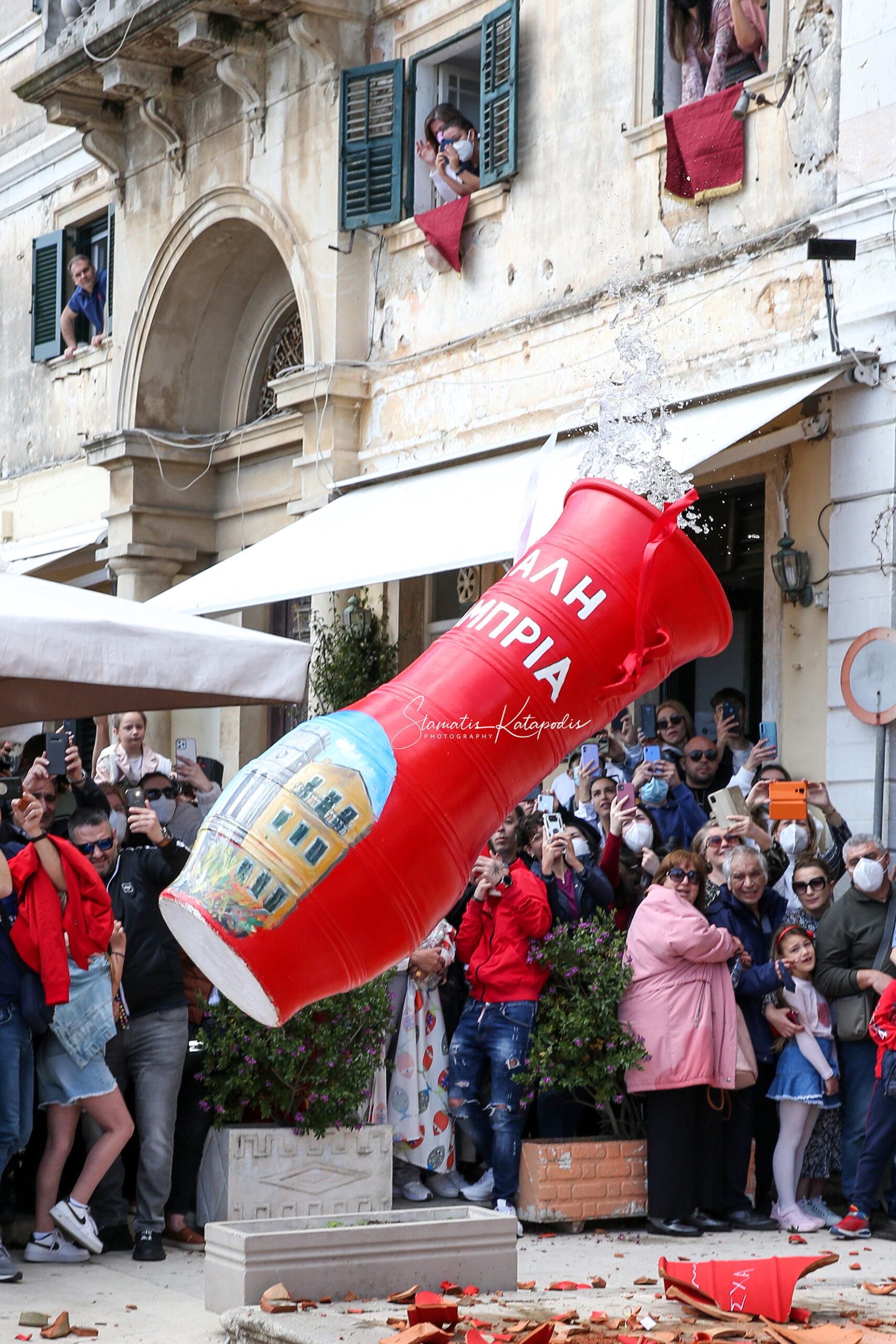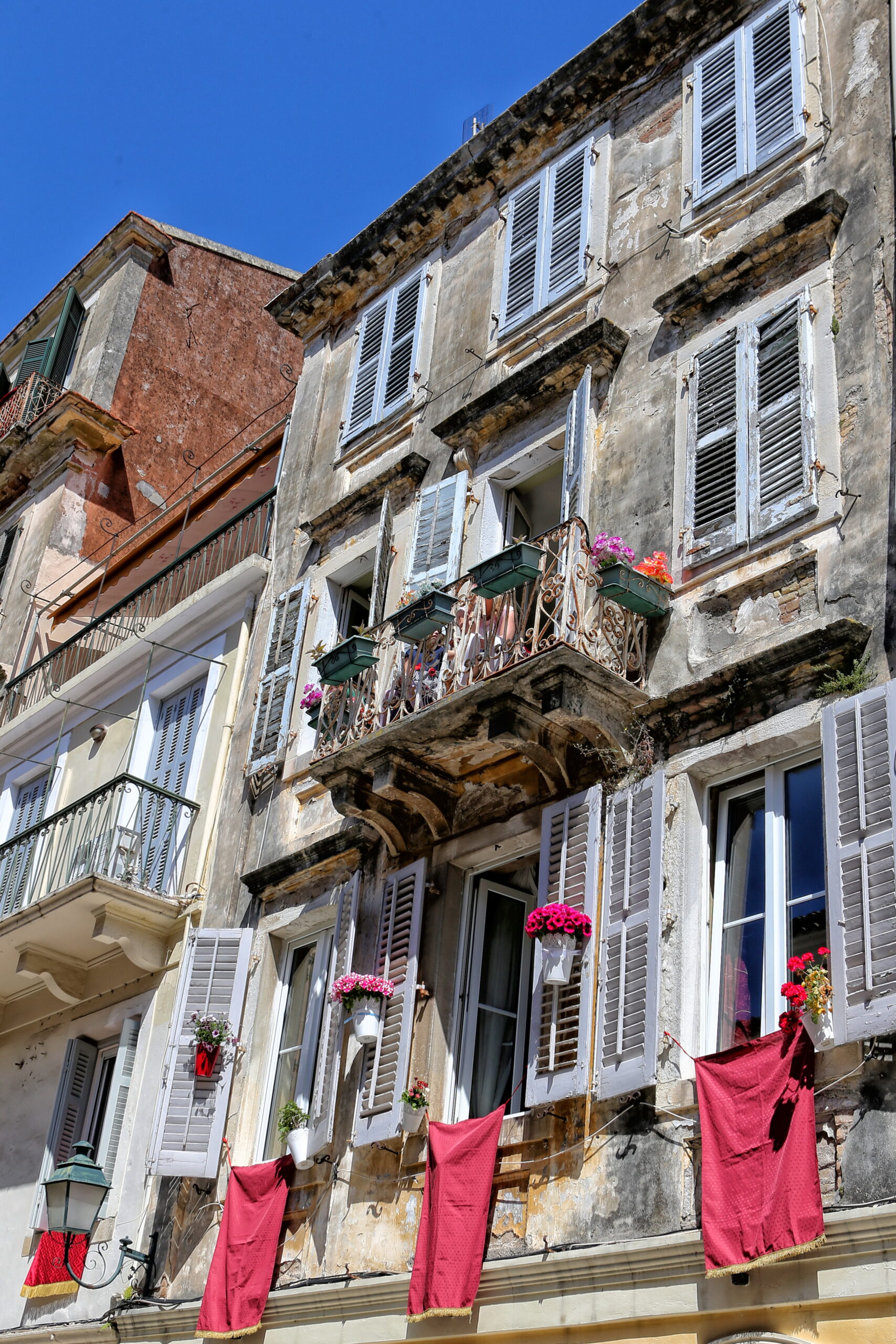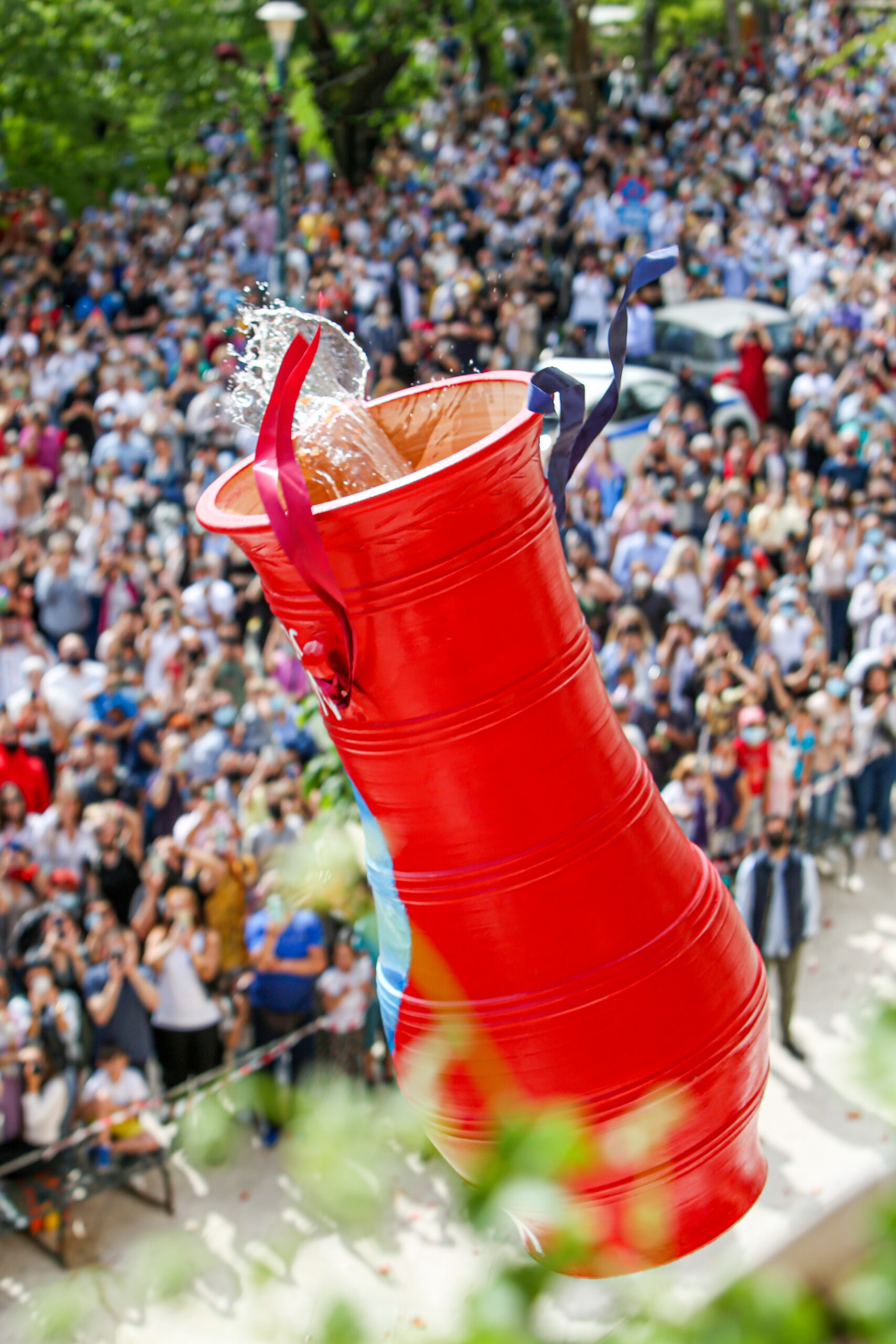VISIT TO CORFU FOR EASTER
Corfu is called Easter Island. It isn’t celebrated anywhere else in the world the way it is celebrated here! This the most important holiday of the year for all the Greeks.
On Palm Sunday the temples and monasteries of Corfu are decorated with palm branches. On this day the first feast of St. Spyridon Trimifuntsky, the patron saint of the island, takes place. The procession begins at 11 o’clock from the temple, where the relics of the Saint are kept in a silver sarcophagus. The tradition is dedicated to getting rid of the plague in 1629. All 18 philharmonics of the island of Corfu come out on this day. This is the largest religious procession of the year.
On Maundy Thursday the final preparations for the celebration of Easter are made on the island. Philharmonic orchestras hold dress rehearsals in the old town. The locals color the eggs and cook the traditional Easter cake – “tsoureki” (they are not consecrated in Greece).
On Good Friday the traditional epitaphios procession takes place all day long (the funeral of Christ). The shroud is carried out in turn until the very night in each temple. Processions and the sad music of local philharmonics can be heard everywhere.
During Easter week the lanterns on the main street of Liston are changed to red as a sign of mourning for Christ.
The most interesting traditions of Corfu begin on Holy Saturday. The locals have been accustomed to them since the Venetian rule, which lasted four hundred years in Corfu.
Litany begins at nine in the morning. This procession starts from the church of St. Spyridon. The imperishable relics of the Saint are carried by priests in a sarcophagus which is placed in the Temple after the procession for three days and nights in an upright position for worship. This tradition has been here since 1550, when St. Spyridon saved the inhabitants of the island from starvation. The procession is accompanied by the melodies of local philharmonics, creating an amazing musical atmosphere. On Great Saturday the bells ring out at exactly 11 a.m.. The locals throw out of the red pots, which are prepared in advance with great love. They say: Kalo Pascha! (Have a good Easter!). The tradition of throwing pots is taken from the Venetians.
Then people are waiting for the evening of Great Saturday. By 23.30 everyone gathers at Spianada Square, where the Easter service takes place. Exactly at midnight shots of an unusually beautiful salute merge with the sounds of orchestras.
Everyone congratulates each other with the words: Christos Anesti! (Christ is Risen!) and go to eat the traditional magiritsa soup (to taverns or at home). Magiritsa is soup from the insides of a sheep with spices. It is prepared in different ways in all regions of Greece. In Corfu it is customary to cook magiritsa with sheep’s liver.
On Easter Sunday they start preparing an Easter dinner. The traditional lamb on a spit – this is the main dish of the Easter table.
You can feel the real atmosphere of joy, piety and happiness while visiting Corfu on Easter. The days spent here will fill you with pure grace.
P.S. Hotels for Easter in Corfu Town need to be booked half a year in advance.










